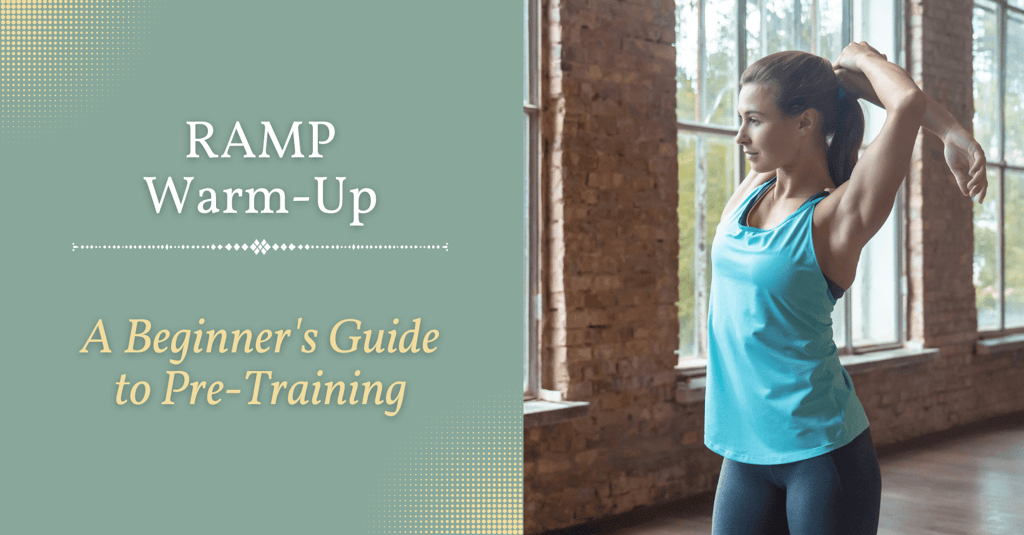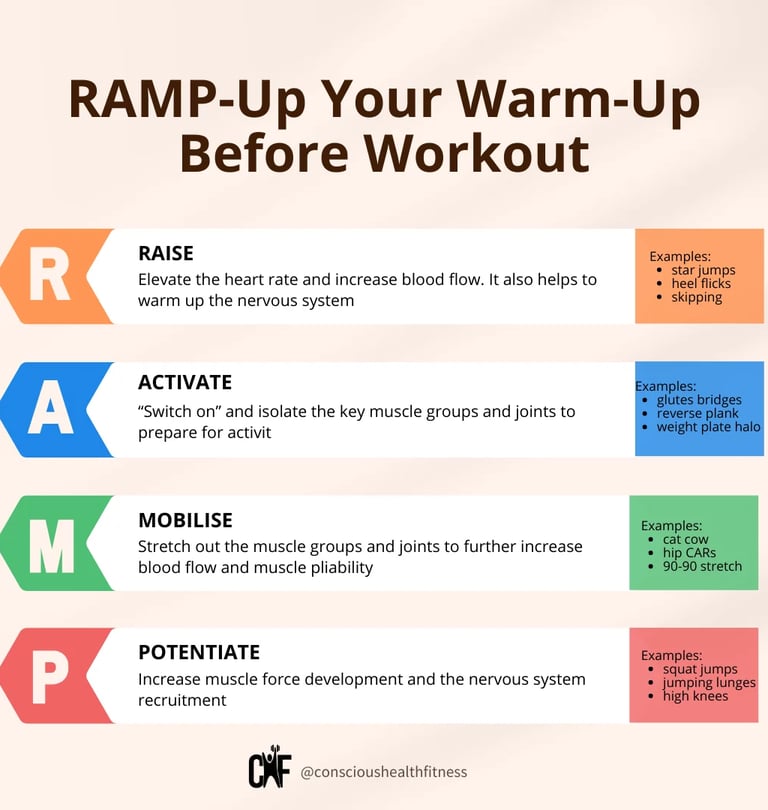A Beginners Guide to RAMP-Up Your Warm Up before Training
12/27/20224 min citit


Maybe you’re at that point when you decided you want to make some changes in your life - get healthier and in shape.
Either you want to build muscle or lose weight, it might feel overwhelming because you don’t know where to start. So once you hit the gym you jump straight on the machines or run 1k. When you get home, you feel proud of yourself because you’ve done the first step. But on the next day your whole body is hurting. Then all your enthusiasm goes away because you don’t know what you’ve done wrong.
If you feel that, you're not alone! There’s one common mistake some beginners make when they start exercising. They skip the most important part of the training session - the warm up!
It’s not helping with building muscle or losing weight, so it’s not essential - some might think. But let me stop you right there! ‘Cause that’s far from the truth… It’s actually crucial to the success of your workout!
Whether you’re preparing for a cardio workout, strength training, or a team sport, you have to first loosen up your muscles and get your body ready for the training.
If you’re not warming up your body well, your muscles will remain tight and stiff when you need to perform exercises. This can lead to a high likelihood of injuries. It can affect your way of living the life you want and can keep you out of the workout for a while. Now, that few minutes of warm up doesn't feel that useless anymore, right?
3 Crucial Reasons For Warming Up Properly
To lower the chances, or even prevent injury within your muscles and joints
To optimize your body to perform at its best through any movement
To allow yourself to stay in a good and conscious state of mind
Improve Your Training Sessions With The Ramp Warm-Up
There are lots of ways that you can warm up your body before exercising. The one proven to be the most effective is something called ‘RAMP’.
The RAMP warm-up it’s a systematic approach developed by Dr. Ian Jeffreys for athletes and used by many elite coaches around the world. It’s not beneficial only for sport professionals, but anyone working out in the gym or at home.
As a PT with a degree in Sports Science, I’ve been following this protocol for years when working with my clients (before weightlifting, cardio workout or boxing) or when training myself.
Implementing the RAMP warm-up before your training session will help you reach a higher performance and improve the quality of your workout.
The RAMP Protocol Consists Of 4 Objectives:
RAISE – increasing the body temperature and elevating the heart rate. This way, the oxygen can be passed around the body as smoothly as possible. It also helps to warm up the nervous system.
ACTIVATE – working specifically with the muscle groups, focusing on the areas that you’re going to use most in the main training session. This way you'll increase blood flow in the muscles and “wake them up” for any exercises you’re going to do (weight lifting, cardio or other physical activities).
MOBILISE – working with the joints around the muscle groups. This will stimulate your joints and muscles the best to prevent strain or stress. It will also stretch the muscles making them pliable and loosen them up too.
POTENTIATE – working with the muscle and joint groups by adding more intensity to the movement - whether adding slightly more weight or performing specific movements that requires a higher level of concentration.
If you have any questions or need some assistance, feel free to submit a comment or send us a message here.
In a nutshell, RAMP stands for: RAISE your metabolic indicators (heart rate and breathing), ACTIVATE your muscles, MOBILISE your joints, POTENTIATE movement (Up the intensity).
Implementing this systematic warm-up into your routine will help you prepare physically and mentally for your training session. It not only activates your body muscles but your brain muscles too → making the body-mind connection.
An effective warm-up procedure takes up 10 to 15 minutes, roughly. For some people it takes longer, as they might have different factors, such as: injury status, age, training experience, ability etc.
Here are some examples which you can use to warm up yourself before doing the main training session:
RAISE – walking or jogging on the treadmill, skipping rope or star jumps - for 5 minutes, approximately;
ACTIVATE – exercises such as squats, glute bridges and push ups, targeting muscle groups to get them working - for 2-3 minutes;
MOBILISE – stretches for your hips, shoulders, arms and back - for 5 minutes, approximately;
POTENTIATE – starting with a light weight on a machine or on a barbell and performing a warm-up set before doing the actual sets (for example, a warm-up set of weighted squats of 10 repetitions before adding more and challenging weight) - for around 2-3 minutes.
Some people would follow the protocol by RAMP (in this order), whereas others follow it by RMAP (first mobilizing then activating). I personally follow the last mentioned (RMAP) because I believe it’s more effective to further stretch out the muscle groups and joints increasing blood flow and muscle pliability (M), to then switch them on preparing for activity (A). In my experience, this way the chances of decreasing the likelihood of injury and increasing optimal performance are higher.
Here’s as an example of the way I warm-up before any training session:
Warming up before your training session should be a vital and crucial part of your routine. It helps to wake up your body and mind, and prevent you from getting injured.
So don’t forget to allocate yourself this short but precious time before your workout. Implementing the RAMP protocol into your warm-up routine will only take about 10 minutes, but it makes a huge difference! It prepares you physically and mentally to get the best results out of YOU in the gym, at home or while performing any other sport activities.


